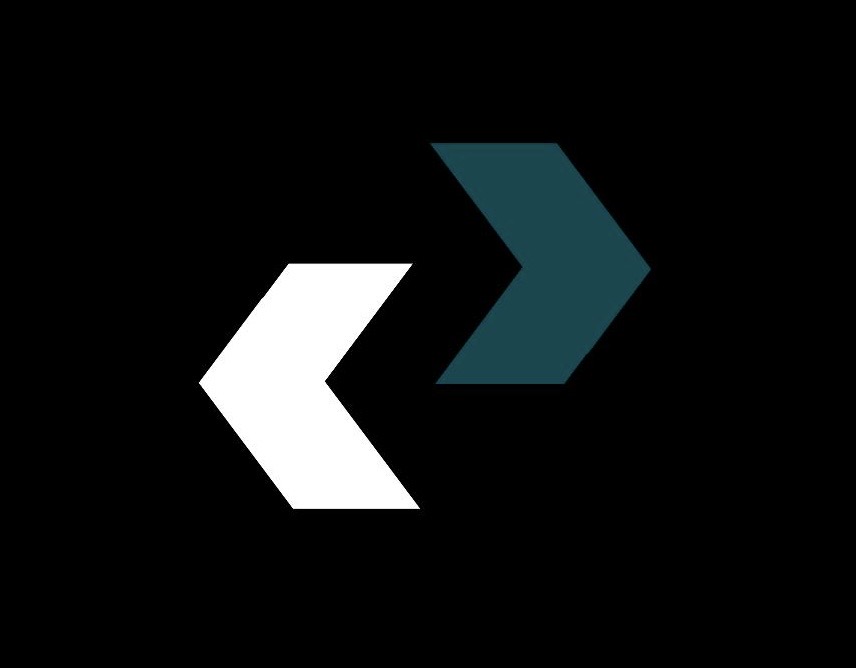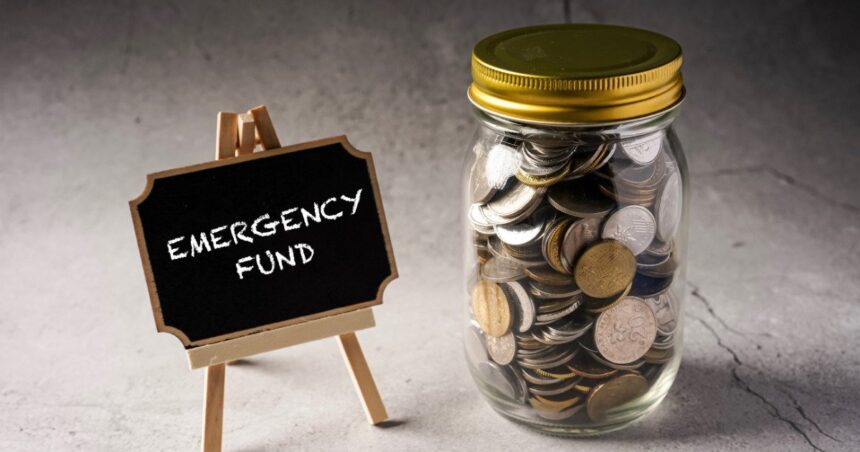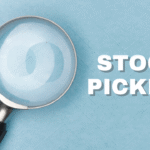There is a wealth of advice available for personal finance, but finding it can be challenging. There are many people telling you where to put your money, from the aggressive day trader in a slick suit to the minimalist FIRE (Financial Independence, Retire Early) guru who lives off the grid. However, a fundamental truth frequently disappears amidst the chaos. This concept is so crucial that its absence can derail even the most well-laid financial plans. Of course, I’m talking about the emergency fund.
A while ago, I came across a brilliantly written article that has stuck with me ever since: “Clarity in Crisis: Why a Separate Emergency Fund is Your Best First Responder.” This article, which was a masterclass in being financially ready, didn’t just repeat the same old advice. It looked at the psychology of financial panic and how a dedicated, untouchable cash reserve can make you feel very calm. I want to talk to you about this very clarity in the middle of chaos. We’ll talk about why having a separate emergency fund is not only a good idea but also a necessary part of being financially healthy.
So, get your favorite drink, get comfortable, and let’s start building your financial first responder. This is about buying peace of mind, which is worth more than any stock market gain.
The “Good Enough” Illusion: Why Your Checking Account Isn’t a Savings Account
Let’s begin with a common mistake. Many people think they have an emergency fund. When they see a healthy balance in their checking account, they’ll confidently declare themselves covered. But the truth is that your day-to-day transaction account is not, and never will be, a real emergency fund.
Your checking account is like Grand Central Station. Paychecks, rent, groceries, and that last-minute weekend trip all take money in and out all the time. It’s a center for money-making. Imagine an unexpected job loss, a medical emergency, or a significant home repair. When you’re under a lot of stress and emotional turmoil, the last thing you want to do is go through the busy chaos of Grand Central to get your emergency cash.
The distinction between your emergency savings and your daily expenses becomes indistinct. It’s far too easy to “borrow” from your “emergency” savings for something that isn’t an emergency, with the vague promise of paying it back later. The “Clarity in Crisis” article warned against this financial leak, which is slowly wearing away at your safety net.
Having a separate emergency fund, preferably in a high-yield savings account, makes it harder to spend money. It’s a soft rope that keeps your emergency money separate from your daily life. You’re less likely to use it for something small, which keeps it safe for when you really need it.
Could you please explain what an emergency fund is? A Deeper Look
An emergency fund is basically a cash reserve that you can easily get to in case of unexpected events in your life. It serves as your financial safeguard, your personal paramedic, and your first line of defense against unforeseen circumstances.
“Unexpected” is the key word here. You shouldn’t use an emergency fund for
Planned costs include vacations, registering your car, or the new laptop you’ve been wanting. Your regular budget or sinking funds (more on that later) should cover these.
Investments: You can’t afford to lose this money if the market goes down. It has to be stable and easy to get to.
A down payment on a house is a worthy goal, but it’s a different type of savings.
Instead, your emergency fund should be reserved for the truly urgent and stressful situations in life:
Losing your job or experiencing a significant drop in income is the most critical situation to prepare for. Having some extra money on hand lets you pay your bills while you look for a new job without the stress of having to pay them all at once.
Medical emergencies: Even if you have health insurance, unexpected medical bills can be very high. Your emergency fund can assist you in covering expenses such as deductibles, co-pays, and other personal expenses.
A leaking roof, a broken furnace in the middle of winter, or a big plumbing problem are all examples of urgent home repairs that can’t wait.
If your car breaks down unexpectedly, like a blown transmission or a major engine repair, it could cost you thousands of dollars.
Traveling during an emergency may require you to be with a sick family member, which can incur significant expenses.
The “Clarity in Crisis” piece made it clear that your brain is already working at its highest level during these times. You’re going through a lot of stress, fear, and doubt. You don’t need to worry about how to pay for everything on top of everything else. A fully stocked emergency fund takes away that financial stress so you can focus on the emergency at hand.
How Much Is Enough? The 3-to-6-Month Rule and More
The most common piece of advice you’ll hear is to save enough money in your emergency fund to cover three to six months’ worth of basic living expenses. This is a beneficial place to start, but it’s not the only answer. There are a few things that will help you figure out how big your emergency fund should be:
Your job stability: If you work in a field that is in high demand and has a steady income, you might be okay with the lower end of the range (3 months). It’s smart to aim for six months or more if you’re a freelancer, work on commission, or work in an industry that changes a lot.
Your income: If you’re the only one in your household who makes money, a bigger emergency fund gives you more protection. Households with two incomes might have a little more freedom.
Your health: If you or someone you depend on has long-term health problems, having a bigger emergency fund can help you feel better about possible medical costs.
Your dependents: The more people who rely on your income, the more you should save.
How much risk you can handle: Some people feel better knowing they have a lot of cash on hand.
Tip: To figure out how much money you need for an emergency fund, keep track of your necessary monthly expenses for a few months. This includes:
- Housing (rent or mortgage)
- Electricity, water, gas, and the internet are all utilities.
- Food
- Transportation costs, like car payments, insurance, gas, and public transit
- Health, life, and disability insurance premiums
- Payments on debts like credit cards and student loans
- To find your target range, multiply this monthly total by three and six. Don’t let the number get you down. One step is all it takes to start a journey.
Where to Put Your Emergency Fund: The Best Place for Growth and Easy Access
The “Clarity in Crisis” article stressed how important it is to have an emergency fund and to keep it in the right place. The ideal location for your emergency fund should balance accessibility and business growth. In an emergency, you need to be able to get to your money quickly, but you also don’t want it sitting in a checking account earning almost nothing.
These are the best choices for your emergency fund:
High-Yield Savings Accounts (HYSA): This is the best way to save money for emergencies. Online banks usually offer HYSAs, which have much higher interest rates than regular savings accounts at brick-and-mortar banks. Your money is safe with the FDIC, and it’s working for you, even if it’s not a lot. The fact that you are no longer with your main bank also adds that important mental barrier.
Tip: Find HYSAs that don’t charge monthly fees and have an easy-to-use website. NerdWallet and Bankrate are two websites that often compare the best HYSA rates.
Money Market Accounts (MMA): Like HYSAs, MMAs often have favorable interest rates and may come with a debit card or the ability to write checks. This type of account could be a good choice for people who want to be able to get to their money more easily in an emergency. But keep in mind any limits on the number of transactions or minimum balances.
No-Penalty CDs: Traditional Certificates of Deposit (CDs) lock your money away for a set amount of time and charge you a fee if you take it out early. However, some banks offer no-penalty CDs. If you’ve already built up a good emergency fund in a HYSA and want to tier your savings for slightly better returns, these might be a good choice.
Things to Stay Away From for Your Emergency Fund:
Investing in the stock market is not advisable for your emergency fund because it is volatile and unsuitable for long-term growth. If you had to use your emergency fund during a market crash, you would have to sell your investments at a loss.
Your main checking account: As we’ve talked about, the urge to spend is too strong, and the interest earned is tiny.
Cash in hand: It’s smart to keep a little cash at home for small emergencies, but hiding your whole emergency fund under your mattress is not a wise idea. It doesn’t generate interest and is susceptible to theft, loss, or damage.
How to Start an Emergency Fund from Scratch: A Step-by-Step Guide
Saving three to six months’ worth of expenses can seem like an impossible task, especially if you’re just starting out. But keep in mind that every big financial success started out as a beginner. Here’s a useful guide that shows you how to build your emergency fund step by step:
Step 1: Start with small goals and celebrate your early successes.
Don’t let the last number stop you. Set a small, doable goal to begin with. Many financial experts, like Dave Ramsey, say that a “starter” emergency fund of $1,000 is a good idea. This amount is enough to handle many normal emergencies and will make you feel a lot better.
Step 2: Automate, automate, automate
This is the secret to always saving money. Every payday, set up an automatic transfer from your checking account to your high-yield savings account. It doesn’t matter whether you start with $25 or $50; what matters is that you keep doing it. You can’t change this transfer, so treat it like any other bill.
Step 3: Look for Extra Money in Your Budget
Look at your spending through a magnifying glass. Do you have any subscriptions that you don’t use? Can you cut back on how much you spend on eating out for a few months? Every dollar you can put into your emergency fund will help you move forward faster.
A good idea is to try a “no-spend” challenge for a week or a month. When you pay attention to every purchase, you’ll be surprised at how much you can save.
Step 4: Let Your Windfalls Go
If you get any unexpected money, it’s a wonderful chance to boost your emergency fund. This includes:
- Refunds for taxes
- Bonuses at work
- Gifts of money
- Getting a raise or a promotion
- Instead of thinking of the cash as “fun money,” think of it as a way to get to financial security quickly.
Step 5: Accept the Side Hustle
In today’s gig economy, there are many ways to make extra money. Freelancing in your field, driving for a rideshare service, or selling crafts online are all ways to make extra money. Putting that money into your emergency fund can help you reach your goal much faster.
Step 6: Restock and think about it again
A “set it and forget it” account is not an emergency fund. Your top financial goal should be to refill it if you have to use it. You should also check the size of your emergency fund again when your life changes, like when you get married, have kids, or buy a house, to make sure it still meets your needs.
The Hidden Benefits: More Than Just a Financial Safety Net
The “Clarity in Crisis” article had a significant impact because it addressed more than just financial figures. A strong and separate emergency fund has many benefits that you can’t see, but they can change the way you think about money and life in general.
- Less Stress and Anxiety: This benefit is probably the best thing about it. Having a financial cushion to deal with life’s surprises can make a big difference in how stressed you feel every day.
- Better Decision-Making: When you’re not making financial choices out of fear, you can do so with confidence and clarity. This could mean saying no to a low-paying job offer or taking the time to ask for a higher salary.
- The Freedom to Take Calculated Risks: An emergency fund can give you the confidence to go after chances you might not have been able to before. This could mean starting your own business, going back to school, or taking a break from work to travel.
- A Stronger Financial Foundation: Your emergency fund is the base on which all of your other financial goals are built. When you always worry about an unexpected expense getting in the way of your long-term investments or down payment savings, it’s difficult to do either.
- Avoiding the Debt Spiral: Many people use high-interest credit cards or personal loans to pay for emergencies when they don’t have an emergency fund. Such practices can put them in a cycle of debt that is hard to get out of. Your emergency fund is the way out of this bad cycle.
Connecting Your Financial Knowledge: Emergency Funds, Sinking Funds, and Being Financially Free
You can really understand personal finance when you see how different ideas are related. Your emergency fund is an important part of a bigger picture.
- Sinking Funds: These are small savings accounts for planned, specific costs. You could have a sinking fund for car repairs, one for holiday gifts, and one for your yearly vacation, for instance. Using sinking funds keeps you from taking money out of your emergency fund for things that aren’t emergencies. This makes the “separate is sacred” idea from the “Clarity in Crisis” article even stronger.
- The Financial Independence, Retire Early (FIRE) movement is all about getting to a point where you don’t have to work anymore. A big emergency fund is a key part of any FIRE plan. It’s the safety net that keeps you on track to financial independence even when the market goes down or something unexpected happens in your life.
- Dave Ramsey’s “7 Baby Steps” to financial peace have helped millions of people get their money in order. What is Baby Step 1, then? Baby Step 1 involves starting an emergency fund with a sum of $1,000. Then you pay off all your debts except your mortgage and save up enough money to cover 3–6 months’ worth of expenses in an emergency fund (Baby Step 3). This structured method shows how important an emergency fund is as a base.
- Real-Life Stories: How the Emergency Fund Saved Lives
- While looking at numbers and listening to experts is one thing, hearing real-life stories truly underscores the importance of having an emergency fund. Over the years, I’ve heard many stories from readers, but a few have always stuck with me.
Sarah was a freelance graphic designer who lost her biggest client overnight. Her six-month emergency fund let her keep paying her bills and look for new work without the stress that would have otherwise taken over her life.
Then there was Mark, whose son had a medical emergency while they were on vacation. Mark’s emergency fund covered unexpected hospital bills and allowed them to stay in a nearby hotel until his son recovered enough to return home.
And we shouldn’t forget Maria, a single mother whose car broke down on the way to a crucial job interview. She was able to get her car towed and fixed quickly because she had a starter emergency fund. She ended up getting the job.
These stories are not only about money. They are stories about strength, peace of mind, and how important it is to be ready.
Your Call to Action: Start Building Your Financial First Responder Today
The advice in the “Clarity in Crisis” article is always useful. The simple, unglamorous emergency fund is still your best tool for dealing with uncertainty in a world full of complicated finances and endless “get rich quick” schemes. It serves as the most effective means of self-care and serves as a valuable gift to your future self.
Begin constructing your safe haven before any unforeseen circumstances arise. Begin today. Put money in that high-yield savings account. Please arrange for that transfer to occur automatically. Talk to your partner about your financial goals. With each step, you will get closer to a future where you can handle any crisis calmly.
Your financial first responder is ready to learn. It’s time to get started.
Source Links and Further Reading:
- “Setting up an emergency fund” – Canada.ca: https://www.canada.ca/en/financial-consumer-agency/services/savings-investments/setting-up-emergency-funds.html
- “An essential guide to building an emergency fund” – Consumer Financial Protection Bureau: https://www.consumerfinance.gov/an-essential-guide-to-building-an-emergency-fund/
- “Emergency Fund Calculator” – NerdWallet: https://www.nerdwallet.com/article/banking/emergency-fund-calculator
- “How to Build an Emergency Fund” – PNC Insights: https://www.pnc.com/insights/personal-finance/save/how-to-build-emergency-fund.html
- “The Power of an Emergency Fund in a Crisis” – The Happy Saver: https://www.thehappysaver.com/blog/the-power-of-an-emergency-fund-in-a-crisis



